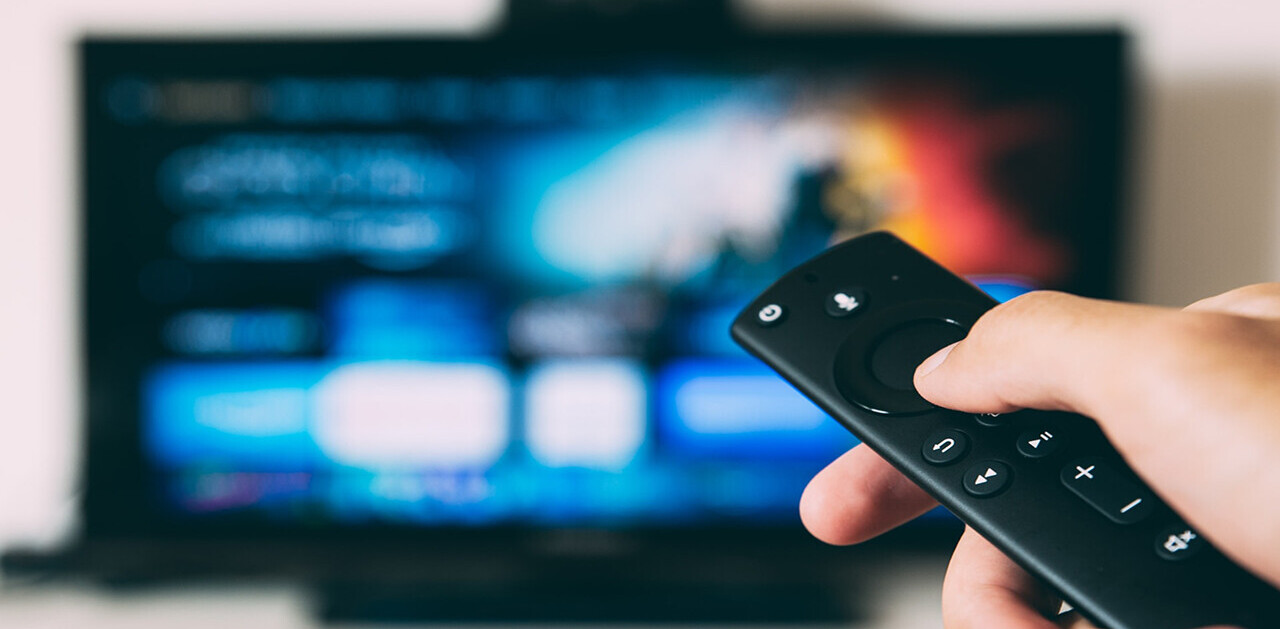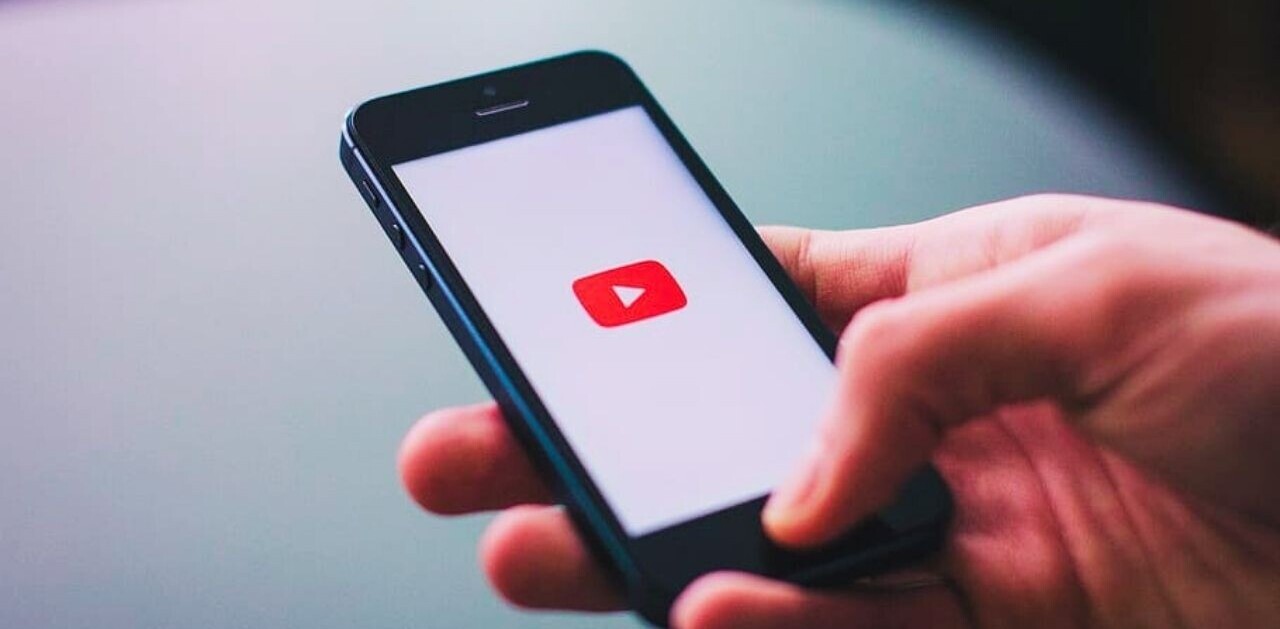
If you’re a bit of a pixel peeper, it can be pretty annoying to always have to change the quality settings on YouTube to get that crispy HD footage. This is especially true on mobile, where video streams often default to 480p.
Good news then: YouTube may soon let you set a default quality setting on the mobile app. Or well, at least once the worst of coronavirus is over.
XDA recently spotted code in the latest version of YouTube’s Android app that suggests the company is preparing to implement a default quality setting that would allow you to choose between “high,” “low,” and “auto” bitrates. The app does not specify what resolutions the videos would use, but presumably, the “high” setting refers to HD or higher.
The timing of this new code is a bit ironic considering YouTube just limited default video quality to 480p for users around the globe. The intention of that move was to reduce data usage on congested networks due to everyone staying at home thanks to coronavirus. Though YouTube does still allow you to play videos at higher resolutions, you have to manually change the quality for every single video; allowing users to default to higher image quality would seemingly go against the new initiative.
That said, it’s possible the company was already planning on introducing this feature before coronavirus became a pandemic. Considering the feature isn’t enabled yet, it’s possible the company will wait for things to settle down before rolling out the feature. Alternatively, the company might simply be assuming that not many users will go through the trouble of adjusting their default video quality, so it isn’t a huge deal if a few users want to play everything in HD.
In any case, the current video quality limitation is expected to last 30 days, so we shouldn’t have to worry about this first world problem for too long.
Get the TNW newsletter
Get the most important tech news in your inbox each week.





